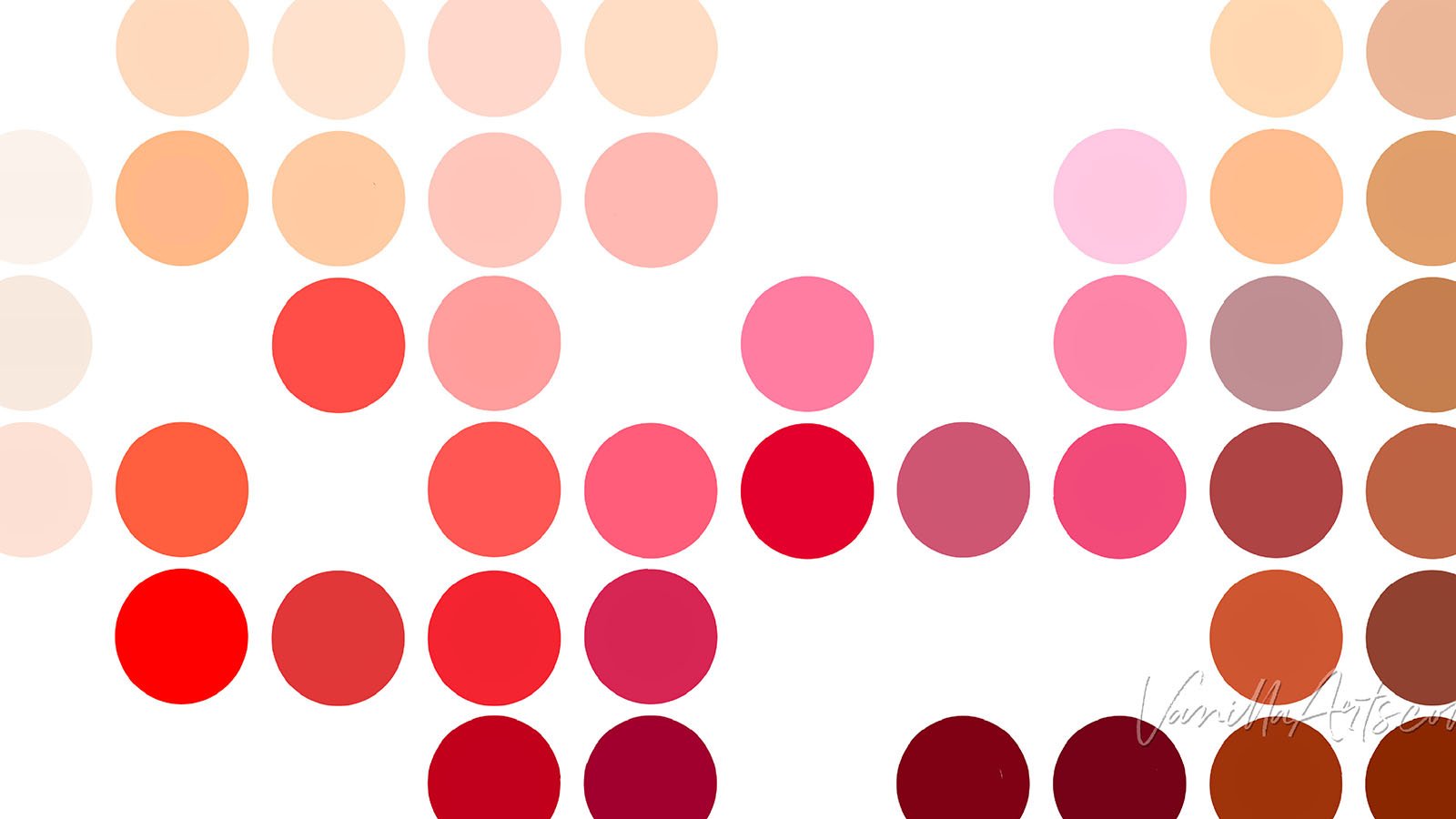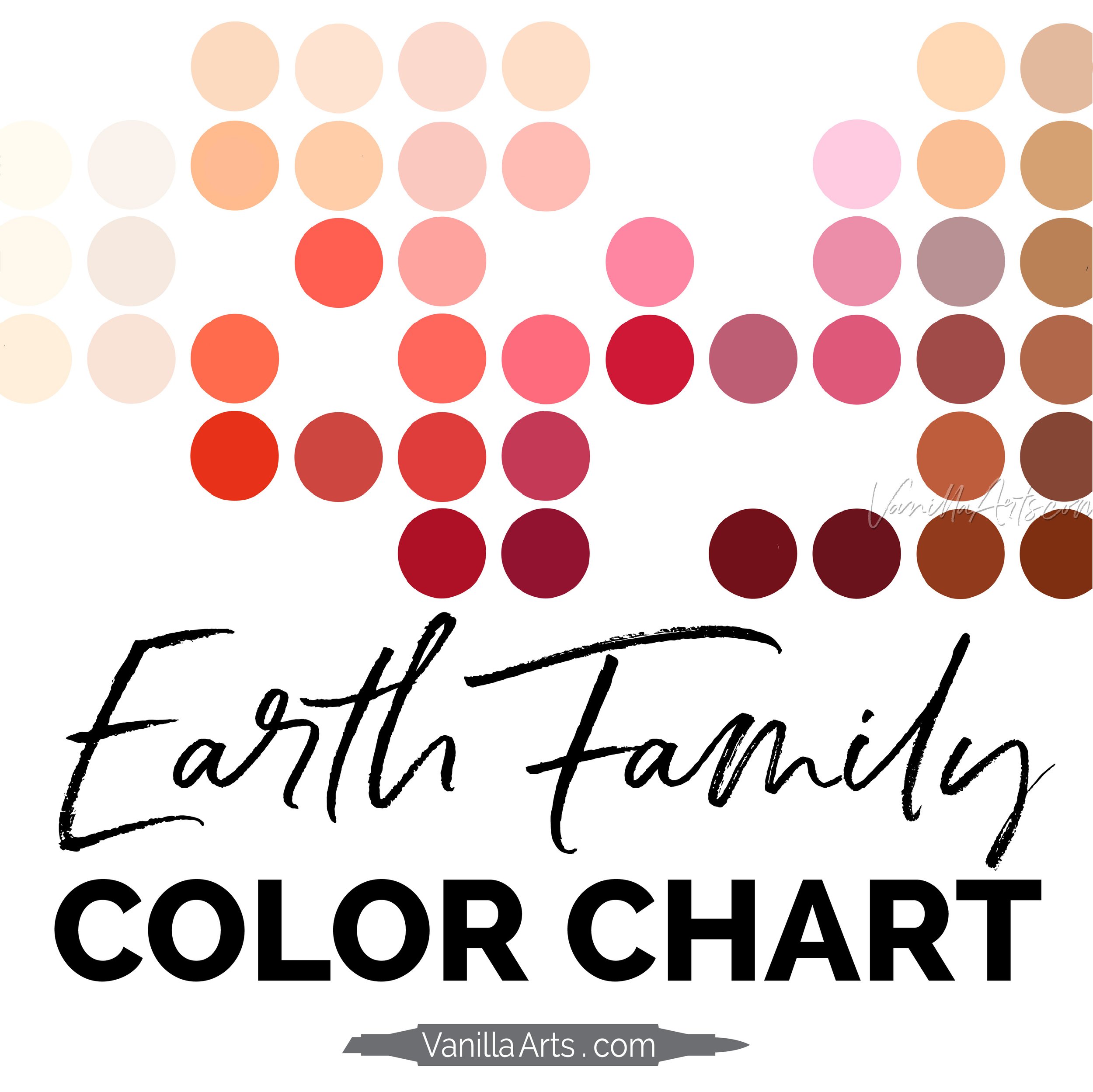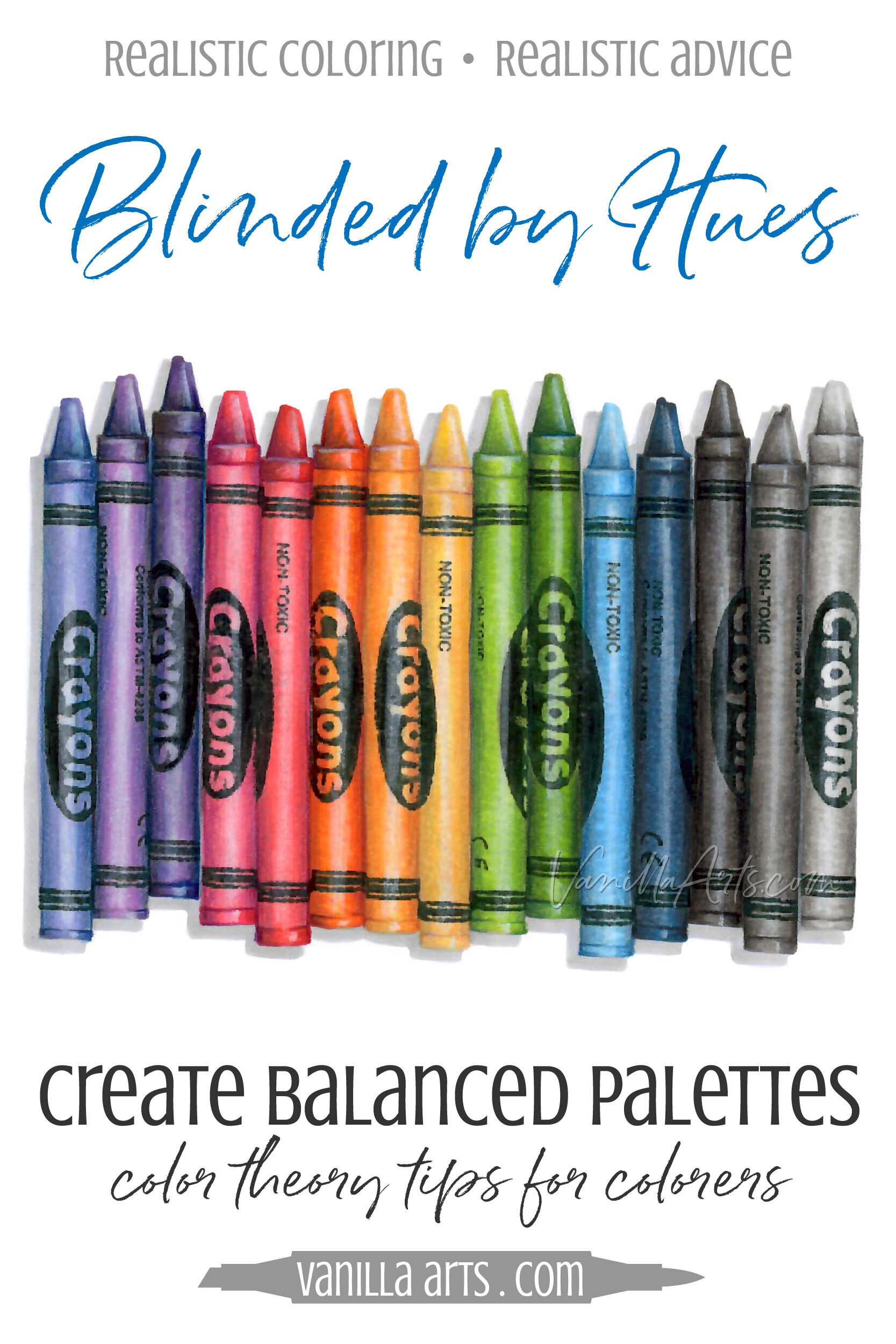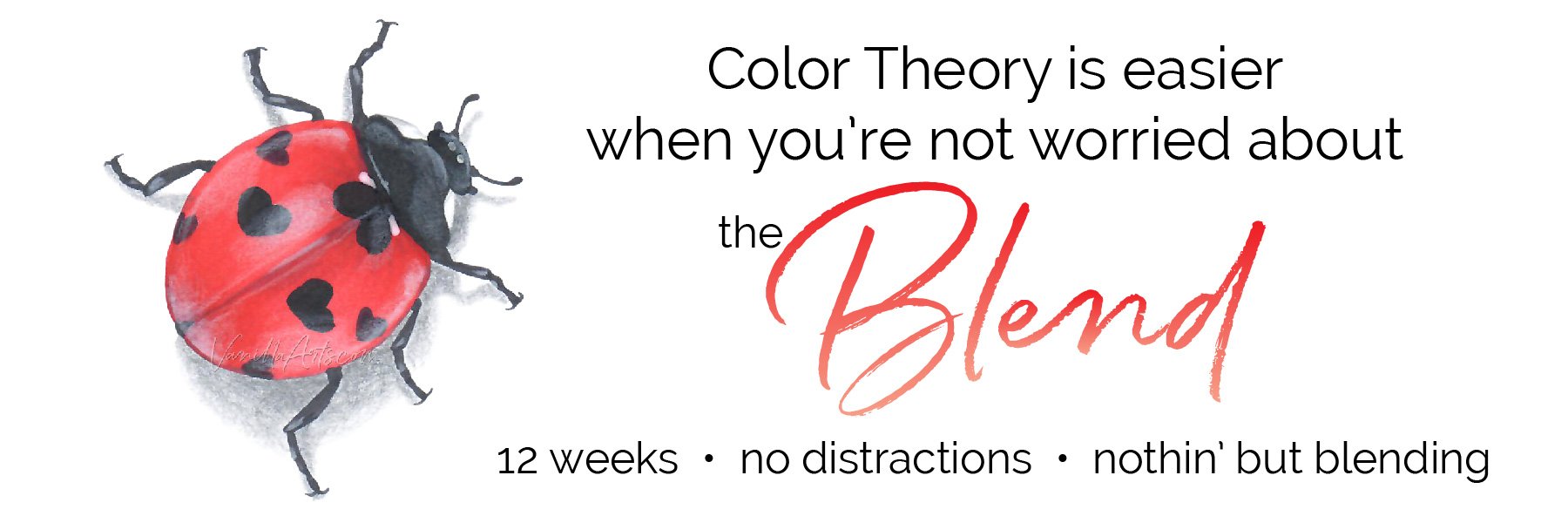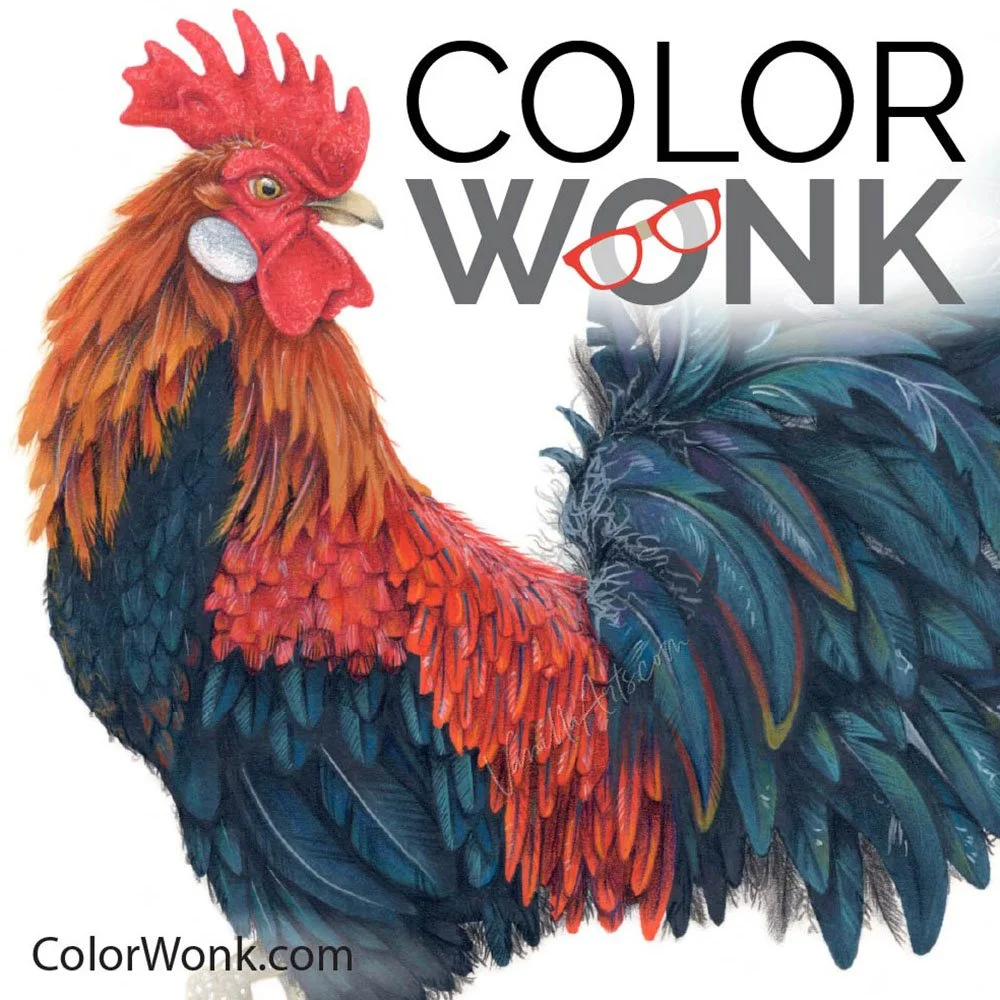Color Theory for Alcohol Markers: What is Brown? (How to color better browns)
Do You Avoid Brown Markers?
I’ve taught Copic Marker and colored pencil art classes for over a decade.
I’ve learned a lot about how beginner artists, hobby colorers, and paper-crafters approach color.
The most misunderstood color is brown.
Let’s explore the problem with brown Copic Markers and how to improve our coloring through a better use of brown art supplies.
Everybody Hates Brown?
Scott Design has a fun, unofficial survey and brown is the big looser.
The results would be different if they were polling just artists and creatives but from what I’ve seen in markers, the brown yuck factor is true.
I’ve gott’a say, it’s hard to teach with brown. Most people don’t want to invest in ugly markers which they’re sure they’ll never use.
And it’s Copic’s fault!
Copic has ruined your ability to love brown because of how they’ve marketed brown markers.
More on this later in today’s article!
Is Brown on the Color Wheel?
I get this question when students try to make a Copic color wheel. Brown also comes up when organizing Copics into a pleasing rainbow order.
Where does brown fit in?
Nowhere. Brown doesn’t fit.
Brown is not on the color wheel because brown is not a hue.
HUE: A pure color which has not been shaded, tinted, or toned. Hues include primary colors, secondary colors made by mixing two primaries, and subsequent mixes made from adjacent primary and secondary colors.
Sorry, that’s fancy Color Theory talk.
In plain English: Hues are special colors which haven’t been contaminated with white, black, gray or any other color that might make them look muddy or muted. Hues are always clean and bright. The rainbow is made of hues.
Now let’s make a color wheel: Primary colors are hues. Mix two primaries and you’ll make a new hue. Arrange the new hues between their parents and you’ll eventually form a circle of hues.
As long as you keep mixing side-by-side hues, the colors stay clean.
The color wheel shows the close relationship between adjacent hues.
What doesn’t the wheel show?
Well, it doesn’t show us what happens when one hue wanders across the street to make a baby with a hue from the opposite side.
That’s a whole new soap-opera.
Jumping across the wheel contaminates the hue. The result is a color but it’s no longer a hue. Jump-colors are often muddy or dingy looking.
To show cross-wheel relationships would complicate the wheel turning a wheel into a three dimensional globe. Warning, the globe is a brain-bender.
Color wheels are for hues only.
Brown is not a hue.
Brown is the result of jumping across the wheel.
The Relationship Between Brown and Gray
Hues that sit on opposite sides of the wheel are called complements. When you mix two complements you are neutralizing the color.
This is why in home decor and fashion, we refer to browns and grays as neutrals.
A perfect half and half (50/50) mix of two complements makes gray. Gray is a fully neutralized color.
An imperfect mix (like 30/70) usually creates an ugly color. Many uneven mixes appear brown or brownish.
The brownest looking mixes tend to have more magenta, red, orange, or yellow in the mix. In my example here, it’s harder to call the brownish-teals “brown” but they’re still an imperfect neutralization and they read as murky or “brownish”.
Gray is a perfectly neutralized color.
Browns happen when the mix is slightly off.
Many Ways to Mix Brown
I’ve had people get upset with my explanation of incomplete grays being “brown”.
Yes, actual angry email and comments. People get their britches in a bunch over the stupidest things.
Anyway, many people were taught in school that brown is a mix of green and orange.
And apparently, they’ll defend this idea to the death.
They’re not wrong—
But they’re also not thinking deeply enough.
In the top sample using my complementary method, YELLOW + VIOLET = BROWN.
But violet is actually a mixture of magenta and cyan, so my mixture is 50% yellow, 25% magenta, and 25% cyan. That’s an imbalanced mix of the three primaries, so the result is brownish.
The complement method can use any complements. I’ve shown you orange + teal above and yellow + violet here but they all work. The many flavors of brown come from all the different possibilities.
Now let’s look at the kindergarten ORANGE + GREEN method.
It’s the same mix presented in a different package! It’s still mostly yellow with bits of magenta and cyan.
We’re all making mud pies.
Do we have to argue over how to get there?
Earth Markers are NOT Brown
Admittedly, we’re nit-picking here… but Color Theory is all about gettin’ finicky about color.
Earth markers are brownish colors but they’re not all members of a happy brown family.
That’s not how neutrals work.
Let’s look at that orange to teal blend I used earlier.
Now that you understand how to mix hues to form brown, it’s not a big leap to see why every brown has more in common with it’s parent hues than with all the other browns.
You know how some kids look more like their mother or more like their father? The same thing happens with brownish markers.
Orangish browns are made from orange. They’re a member of the orange family.
You can say the same thing about violet browns or yellowish browns. They belong to their parents, not to a pretend “Brown” family.
“Earth” a made-up category. It’s like kidnapping five kids who all have freckles and forming a Freckle family.
It makes no sense to lump a muddy orange into the same group of markers as a murky green and a dirty pink.
Sure, they’re all desaturated but they’re not the same kind of mud.
Greenish E markers are green. Pinkish E markers are pink.
And you’ll catch yourself doing this all the time. As soon as you put a qualifier on brown, as in “my brick fireplace is reddish brown” or “bake until golden brown”…
See? Your brain knows where that brown really belongs!
The “ish” is your clue to what color the brown actually is.
Are Copic Earth Markers made from blended inks?
Okay, so if we can mix brown by combining two complements… Is that how they make Copic E markers?
Some are mixes, some are not.
The same is true for all brown art supplies.
There are many pigments and dyes which naturally appear brown. Quality manufacturers will always use naturally occurring browns when possible.
Remember, paint uses pigment but alcohol markers use dye.
In general, the highest quality artist grade products use a single source— one pigment or one dye.
If they can’t make the color from one source, the manufacturer will create a blend but for art supplies, top of the line products avoid using a long list of ingredients.
I’m in the process of testing all 358 Copic Markers. One of my tests reveals which Copic inks are blends and how many colors are in the formula.
E04 is a blended ink. Blended inks are more likely to “shatter” or break apart and reveal their ingredients when hit by large amounts of solvent. This can happen on accident as you’re smoothing a blending combination. Knowing that E04 can turn gray and pink when overworked is important.
My test results are published here. Click to read about the color and be sure to check the “Shattering” category to find the blended colors.
Why are Brown Copic Markers called “Earth”?
I go back and forth over whether the “Earth” family was a smart idea or not.
I understand why Copic did it but at the same time, I now have to deal with a bunch of students who:
Assume “Earth” means “Brown”
Think of brown as a color, a family, or even a hue
Think they can buy 4-5 browns and use them for everything brown
Only blend E markers with other Es
Think browns are just for skin and hair. Also vice versa, that all skin and hair should be colored with nothing but E markers.
If you’re new to markers or you’ve only used Copics, you may realize that Earth/Brown is not universal across marker brands.
“Earth” was unique to Copic. The few marker brands who use Earth codes are mimicking Copic’s unusual system.
Copic was also the first to code all browns together. Most other marker brands rely on names with no numbers, so their brownish colors are sprinkled throughout the collection.
Why does Copic group browns together?
There’s a flaw in the Copic numbering system.
Don’t get me wrong, the Copic numbering system is pure genius. Every cap tells you the chemistry of the ink inside, revealing blending opportunities and color combinations you’d never think of with names like “Spring Fling” or “Sweet Sugar”.
The Copic numbering system was designed to cover 102 markers per family with ten different color families.
It’d be hard to keep track of 102 random reds, right?
To simplify, they divided Red into 10 groups of 10 related reds (first numbers 0-9, then second numbers 0-9) plus a couple extra spaces for 000 and 0000.
In theory, Copic could offer over 1000 markers not including grays.
The problem is, they ran out of space.
The reds now cover 0’s, 10’s, 20’s, 30’s, 40’s, 50’s, and 80’s leaving only 3 groups for future expansion. The blue family has only 1 group left. The YR group would already be filled if they hadn’t spotted the problem during the initial design phase.
To make room, they removed anything brownish or muddy from it’s original family. The muddy colors were relocated to an E family.
From the Copic website (2024):
They didn’t just move R and YR browns. They also removed markers from Y, YG, plus a set from either the V or RV family.
I’m shocked they didn’t move the Y-Twenties, BG-Nineties, and the V-Nineties as these colors are also quite muddy.
Then again, there’s only room for one new set of Earth markers. The only vacancy is E-Sixty.
Why doesn’t Copic call this family Brown?
I’ve heard people speculate that they couldn’t use B for Brown because B is already Blue.
I think that’s wrong.
I used my first Copic back before they were sold in the US, so I’ve watched this brand for a long time and read all the catalogs they used to send out.
Copics are Japanese markers.
Which is painfully obvious reading their garbled-English website. The site seems to be written by business school interns who’ve never touched a marker. But relax, if you don’t like the what the site says today, just wait. Next summer’s interns will rewrite the whole thing.
Anyway, the Copic numbering system was created in Japanese, then shifted to English. I don’t think the word “Earth” was intended to be seen as “brown”.
Instead, think of how we describe muted colors as “earthy”. Earthy pink or earthy green are still pink and green.
Copic never meant to say they’re “brown”.
Earth markers are earthy neutralized colors.
Why is the Earth family a bad idea?
Because now you think of these unrelated colors are somehow related.
YOU called them all brown, not Copic.
And be honest— When you use E markers, you only blend them with other E markers, right?
Moving murky colors to their own family isolated them from daily use. And taken as a whole group, most people say “yuck” and stick with the pretty markers.
The Earth family has warped the way you SEE brown.
The Earth family has warped the way you USE brown.
Restoring Earth Markers to their Natural Home
Brown markers are a pretend group of unrelated colors.
This is why so many people can’t remember which browns are warm, which are cool, and which of them work for skin, hair, or brown bears.
When you look at the brown family out of context, they look like a collection of uglies.
But slide them back into their birth family and suddenly they make sense.
Copic makes a big collection of beautiful neutrals which could be used daily if you’d stop thinking of them as “brown”.
And for those of you who enjoy coloring with depth, dimension, and realism…
Depth and dimension comes from accurately colored shade and shadow. This is exactly where the neutrals were intended to be used!
The reason why some E markers look orangish or reddish or greenish is because they were intended to be used with orange, red, and green.
Rearranging your marker collection is the first step to getting these useful marker colors back into rotation!
Move your Browns back to where they belong!
Chart your Earth colored Copics
See where these colors truly belong, spot color relationships, and make better use of your E markers
Kit includes:
Full color PDF sample charts for five color families
DIY blank PDF charts to color yourself
If you’ve ever struggled to select the correct brown for a coloring project, it’s because you’re thinking of them as brown.
Earth markers are not brown!

